
We may earn revenue from the products available on this page and participate in affiliate programs. Learn More ›
What do frozen pipes, skidding tires, and high heating bills have in common? They’re all winter-weather nuisances that can be avoided with adequate preparation. If you use these expert-backed strategies to winterize your home, garden, car, and personal care routine, no amount of snow or ice will spoil your enjoyment of the season.
1. Tend to tree branches.
Winter storms can deposit heaps of tree branches onto your roof. These can then snap under the weight of snow or ice and go on to pierce holes in your roof, loosen shingles, or get swept onto a neighboring roof where they can cause damage. To avoid surprise leaks in your (or your neighbor’s) roof, periodically prune branches that hang over the house, and use a roof rake to clear away any branches that fall onto the roof. (Call in an arborist if the job’s too big for you.)
2. Safeguard your exterior spigots.

Even after you turn off an outdoor spigot, water that lingers in an attached garden hose can freeze and cause pipes behind the spigot to burst, spouting water into your house. Always disconnect and drain garden hoses after using the spigot in cold weather, and consider shutting off the valve inside the house to protect your pipes.
RELATED: How a Frost-Free Faucet Can Save Homeowners Thousands of Dollars
3. Clear out rain gutters.
When your gutters become blocked with leaves or twigs, snow and ice that would ordinarily get directed away from the house will collect (and eventually melt) on the roof or run off onto the ground, leading to rotting fascia boards below the roofline, cracks in the foundation or walkways, or leaks in the basement. To avoid costly structural damage, inspect and, if needed, clean your gutters before the first freeze. Use a trowel or scoop for large debris, and rinse away smaller debris with a garden hose.
4. Wrap exposed pipes.

Gifts aren’t the only thing you’ll want to wrap up this winter. Many unsuspecting homeowners have gone out of town during a particularly cold stretch only to return to a flood caused by an exposed pipe that froze and burst. Wrap insulation sleeves around pipes that run through unheated areas, such as attics and crawl spaces, to protect pipes from freezing and heat loss—and keep your home dry and your heating bill low. To minimize the risk of frozen pipes, Jonathan Faccone, interior designer and founder of Halo Homebuyers, advises, “Make sure to keep the heat on, even when you’re away from home.”
RELATED: How to Keep Pipes From Freezing and Bursting
5. Seal gaps and other openings.
Applying caulk or weatherstripping to drafty windows and doors can keep the cold out and the heat in, maximizing indoor comfort and saving you anywhere from 5 to 10 percent in energy costs, according to the U.S. Department of Energy. Sealing up gaps can also prevent melted ice or snow from rotting exterior features. So, take a day before the temperatures dip to caulk joints between walls and window frames and door frames, and place weatherstripping around window sashes.
6. Insulate walls and attics.
An underinsulated home is subject to cold spots and higher heating bills, while a properly insulated home enjoys evenly distributed warmth, increased indoor comfort, and energy savings. The most effective places to insulate are exterior walls, attics, and unheated garages, but it’s important to find and repair any leaks in those areas before adding batt, spray-foam, loose-fill, or blown-in insulation.
RELATED: Our Favorite Attic Insulation is Surprisingly DIY-Friendly
7. Bundle up your water heater.
Have an older hot water heater? If its R-value is less than 24 (or if it’s warm to the touch), consider wrapping it with a water heater insulation blanket designed to fit your size tank. Made of materials that range from foil to fiberglass, these flexible accessories are like a jacket for your water heater—and they can reduce heat loss by 25 to 45 percent. With the 7 to 16 percent you’ll save in energy costs, you can recoup the purchase price of the blanket in less than a year.
8. Focus on the fireplace.
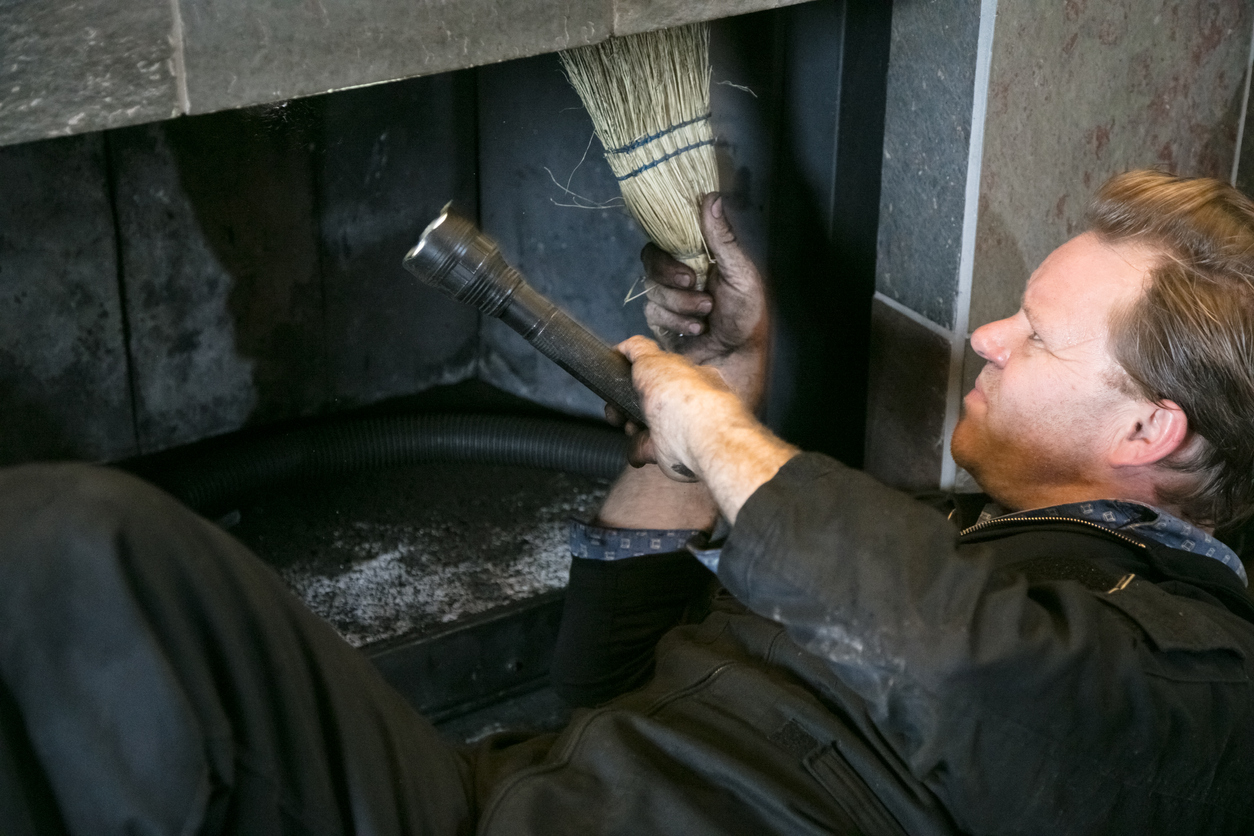
To ensure your fireplace is ready for the winter months, have it inspected once a year, and stock up on supplies like firewood and fire starters. You’ll also want to have a durable ash bucket nearby for safe and efficient ash removal. Always keep flammable materials and objects, such as blankets and baskets, at least 3 feet away from the fireplace to avoid any hazardous situations. When the fireplace isn’t in use, close the damper above the firebox to prevent warm indoor air from escaping and cold drafts from entering the house through the chimney.
RELATED: How to Get Your Fireplace Ready for Winter
9. Reverse the direction of your ceiling fan blades.

If your fan blades are still set to turn counterclockwise, the warm air you crave will float to the ceiling, while cold air will get pushed down toward the floor level where you are. To avoid wintertime chills, switch the direction of your ceiling fan so that it rotates clockwise and the blades circulate warm air down to you.
10. Lay off the lawn.

Before the first frost, it’s important to aerate the lawn to allow the soil to breathe after all the natural compaction that has occurred over the past year. This can be done with an aerator, a tool with spiked tines that pierce the soil, or, for larger lawns, with an electric- or gas-powered aerator or one that can be towed behind a lawn mower. But once your turf has gone dormant for the winter, keep kids, pets, and equipment off it as much as possible; heavy traffic can damage the turfgrass crowns that grow at soil level, resulting in bare patches of grass in spring.
RELATED: Quickly Rejuvenate Your Lawn With This Handy Tool
11. Have your car serviced.

A car breakdown stinks at any time of year, but it’s positively horrible when you have to prop open the hood and diagnose the problem in freezing temperatures. “Depending on where you live, extreme cold, snow, ice, and road salt can take a big toll over time if your car isn’t protected,” cautions Jason Farrell, certified master technician at Mechanic’s Diary. “Moisture gets into places it wouldn’t normally, and moving parts like brakes and suspension have to work harder, so prioritizing maintenance is key.”
To avoid getting stranded in the cold, check your car’s manual to see if you’re due for a service, and be sure to make that appointment before the first freeze. If you can’t afford to make all recommended repairs, focus on the battery, brakes, cables, spark plugs, and tires. “In cold weather, [your battery] has to work extra hard to turn over the engine to start. It’s a good idea to have it tested before winter arrives to check its charge and health. Cold temperatures can weaken it more quickly otherwise,” Farrell says.
12. Keep ice melt in the car.

You can’t wait for snow to thaw before you hit the road, so be sure to keep ice melt, such as a bag of rock salt, in the back seat of your car (not in the trunk, which can freeze shut). Having ice melt close at hand means you’re always ready to take care of ice on walkways and driveways to help prevent nasty slips, falls, or car accidents. Carry a bag of sand, too: You can throw it over the salt to provide traction when you’re trying to get your car out of an icy spot.
Keep a winter emergency kit in your vehicle so you’ll be prepared for a breakdown, stranding, or anything else Mother Nature throws at you. At minimum, pack a flashlight (and extra batteries), road flares, jumper cables, a first aid kit, a small supply of snacks that won’t freeze (for instance, chips or cookies), and winter accessories including gloves, boots, and a blanket.
RELATED: 9 Ways to Melt Ice Without Salt or Ice Melt
13. Winterize your wheels.

If you regularly venture out into heavy snow, consider swapping your traditional tires for a set of snow tires, which feature treads with large gaps that help improve traction.
“Having the right [tires] for the conditions can make a huge difference in safety and control,” Farrell explains. To preserve the tread on snow tires, wait until daytime temperatures are consistently 50 degrees Fahrenheit or below to install them. “I always recommend getting snow tires installed in sets of four if you live somewhere with frequent snowfall,” Farrell says. “The deeper tread helps grip the road better on slick surfaces. And they don’t just help you brake and turn—snow tires can also help you accelerate from a full stop more easily too. It’s worth the investment to feel more secure getting around in bad weather.”
14. Install winter-hardy windshield wipers.

While an ice scraper and a spray bottle of homemade de-icer are two time-honored ways of clearing up an icy windshield, both require that you get out of your vehicle and face the brutal cold. It’s safer—and warmer—to install winter windshield wiper blades, whose flexible rubber and anti-clogging arms will help fend off snow and ice as you sit comfortably in your warm car.
RELATED: 13 Hacks Every Car Owner Should Know
15. Sign up for AAA or roadside assistance.

Seventy percent of winter-weather injuries happen in cars, according to the National Severe Storms Laboratory. That trusty family member or friend may not always be able to rush to your aid during a roadside emergency, so it’s a good idea to enroll in an automotive club or a roadside assistance program offered by your car insurance company or another provider. If you opt for any of these services, keep the customer support number in your phone contacts so it’s always at your fingertips when you need it.
16. Lower the thermostat to lower your bills.

If you like toasty indoor temperatures but can’t afford high heating bills, acclimate yourself to a lower, more energy-efficient thermostat setting by starting at 72 degrees Fahrenheit and then gradually reducing it to 68 degrees as you adapt to the change. A 1 degree reduction in a programmable thermostat setting can reduce your heating bills by 1 percent if maintained for 8 hours, according to Direct Energy. With a few layers of clothing on, you may never even notice the difference in temperature.
If you’re away from home by day or can make do with less heat as you sleep, you can boost the cost savings by bumping the thermostat down to 62 to 66 degrees Fahrenheit. “Smart thermostats are a great tool for regulating the temperature in your home and saving energy costs,” Faccone says. If you’re in the market for a new thermostat, the Google Nest Learning Thermostat, rated best overall in our researched guide to the best smart thermostats, is an excellent option for saving energy in your home.
17. Turn on the humidifier.
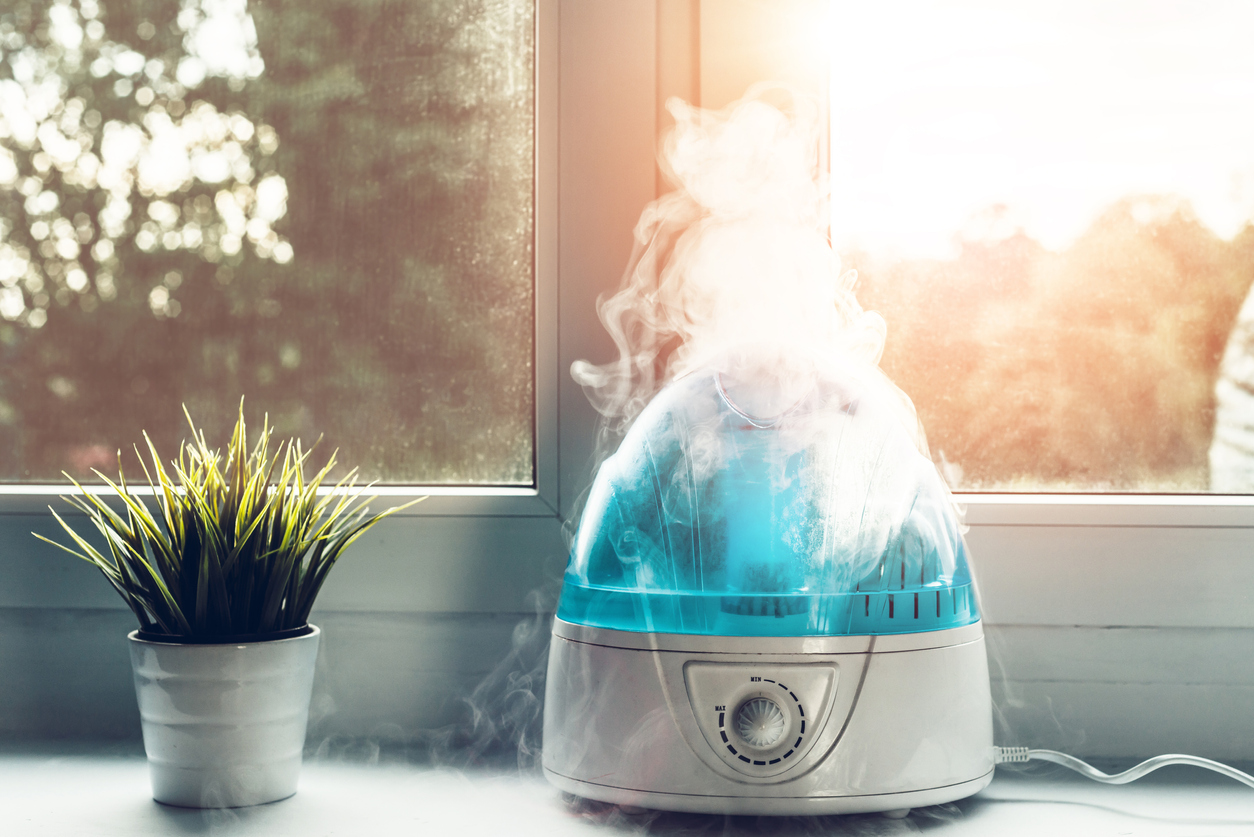
Even with the thermostat set to moderate temperatures, central heating can quickly evaporate moisture from your skin, leaving it dry and flaky. Invest in a humidifier, a device that emits water vapor to increase the moisture of surrounding air, to help you maintain supple skin that glows all winter long. Regularly clean the humidifier and change the filter according to the manufacturer’s instructions to prevent the growth of bacteria.
RELATED: We Researched 57 Humidifiers and Our Top Pick Runs for 60 Hours on One Fill
18. Take shorter, cooler showers.

A long, piping-hot shower may be tempting on a bitterly cold day, but the water’s high temperature can dry out your skin and aggravate skin conditions like eczema or psoriasis, and the extra soak time can spike your water bill. Keep your skin hydrated and your costs low by limiting showers to 5 minutes and using warm (not hot) water.
19. Keep your driveway clear.

To keep the driveway clear and safe during the winter, shovel or plow regularly. Removing snow and ice from the driveway not only prevents hazardous conditions but also ensures easy access to and from your home, which can be crucial during emergencies. Don’t overdo it, though: Shoveling snow can put a huge strain on the heart and can in some people increase the risk of heart attack, so if you don’t feel up to the task yourself, hire a professional.
20. Protect your home from rodent infestations.

When temperatures drop, rodents like mice and rats seek out a warm and cozy place to spend the winter. Prevent your home from becoming a rodent refuge by sealing up any cracks and holes that a mouse can fit through. Replace any loose weatherstripping surrounding doors and windows, which may provide another entry point for rodents. As mice often take up residence in woodpiles, it’s also prudent to store firewood at least 20 feet away from your residence.
RELATED: 30 Things in Your House That Are Attracting Bugs and Rodents
21. Take steps to keep bugs outside.

Many of the strategies used to keep rodents out of the home also apply to insects, but there are some additional things you can do to avoid bug infestations. Generally speaking, insects are drawn to moisture, so to make your home less hospitable, keep interior spaces clean and dry. Because insects can find their way indoors through holes and cracks in exterior piping, it’s also essential to insulate all pipes to stop them in their tracks.
22. Get your pets microchips—and sweaters.

According to American Home Shield, conditions like diabetes, heart disease, and arthritis can all become exacerbated in the winter, so it’s prudent to schedule a vet visit as winter approaches to ensure your pets are healthy. If your pets don’t already have microchips, now is a good time to get them since snowy weather can cause cats and dogs to become disoriented. While pet clothing and accessories may seem a bit silly and extraneous, they can service practical purposes, especially for short-haired, small, very thin, or elderly dogs, all of which can benefit from warm winter jackets to keep them comfortable during cold-weather walks.
23. Prepare for possible power outages.
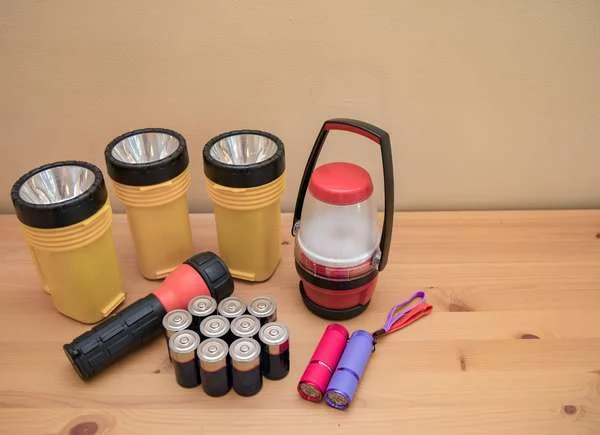
Winter storms seem to be getting worse every year, so don’t be caught off guard when the next one hits. There are practical precautions you can take to prepare for a sudden heavy storm. First, consider investing in a generator if power outages are a common occurrence in your area. Also, always keep flashlights in an easy-to-access location and ensure they’re equipped with working batteries, with spares easily accessible. When a storm is on the horizon, make sure cell phones and portable chargers are juiced up so that the household still has a means of communication if the power goes out.
RELATED: DuroMax XP12000EH Generator Review: Power at an Affordable Price
24. Beef up the pantry.

Stocking up on essentials is smart during winter storm season. You’ll want to keep bottled water (Direct Energy recommends a minimum of 1 gallon per person per day) and plenty of nonperishable food items on hand in case the power goes out. Consider stocking up on noshes like canned fish, beans, and vegetables, and packaged nuts and cereal, all of which are fairly nutritious and easy to prepare. It wouldn’t hurt to have plenty of paper products, like toilet paper, paper towels, and paper plates in your stockpile too.
25. Winterize your sprinkler system.
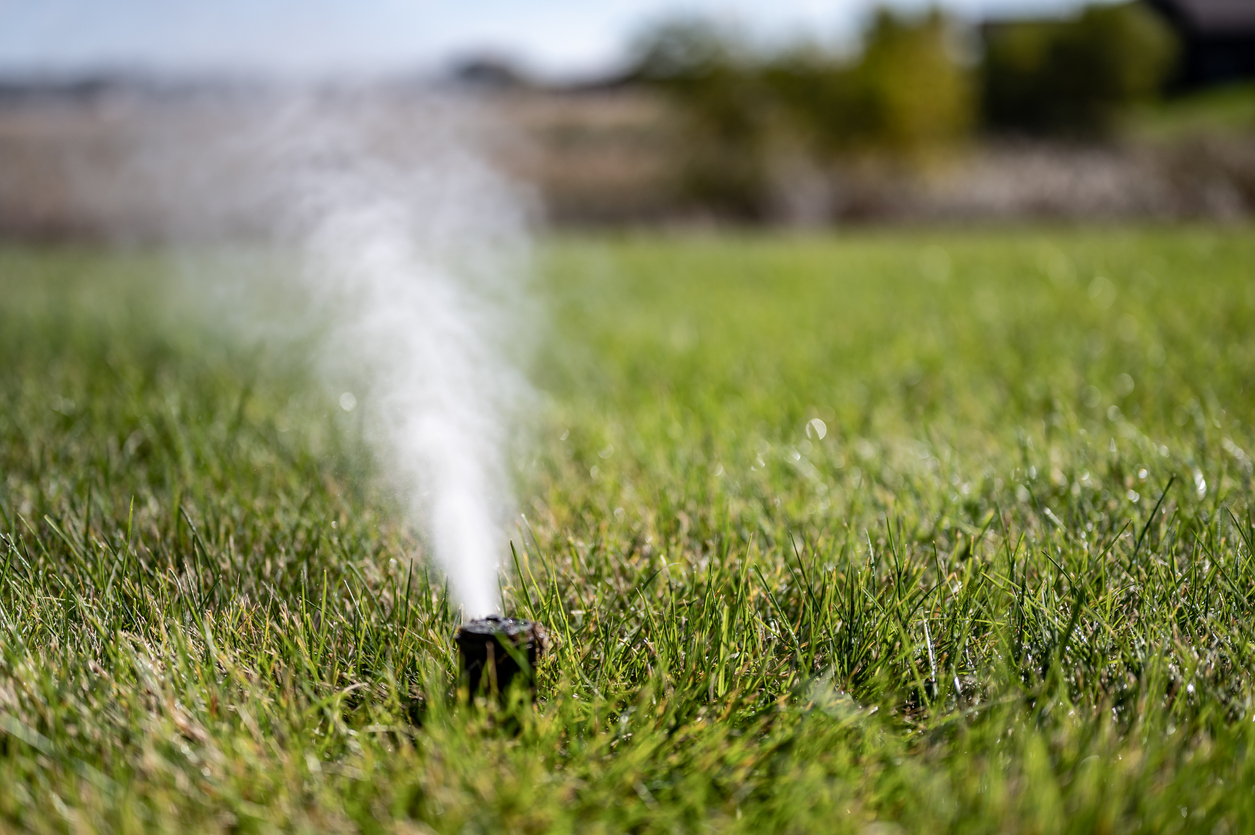
If you live in a region where temperatures typically drop below freezing, winterize your irrigation system to prevent frozen or burst pipes. The process generally involves turning off the water supply to the system, turning off the timer, and opening the valves to remove water from the pipes and sprinkler heads. When the system is drained, close the valves. Note, however, that some systems are equipped with an automatic drain function, while others are best cleared by blowing out with compressed air. Always check the manufacturer’s instructions for your sprinkler system before you get started, and call in a pro if you’re not comfortable doing it yourself.
RELATED: The Dos and Don’ts of Sprinkler Repair and Maintenance
26. Leave your cabinets when temps dip below freezing.
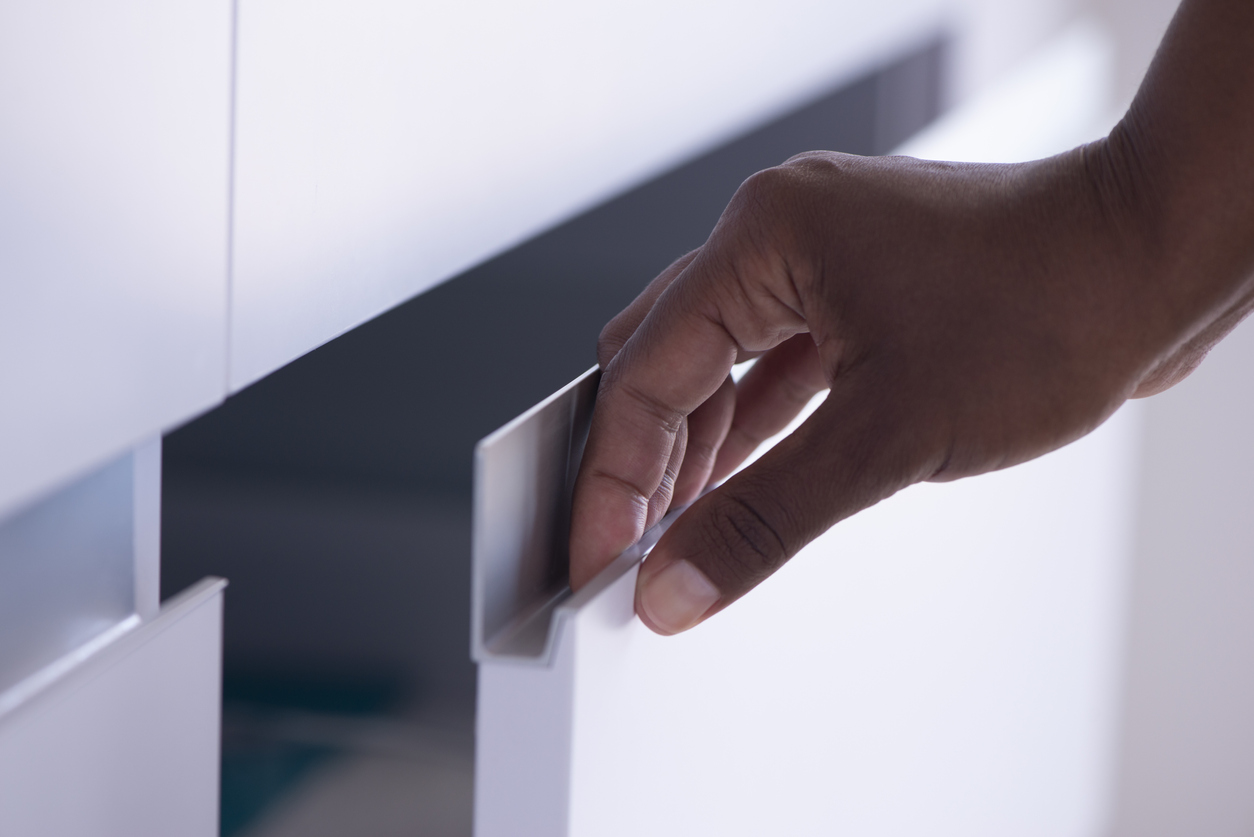
One of the best ways to prevent pipes from freezing is to leave under-sink cabinets open, especially at night when temperatures drop: Simply prop open closed cabinet doors to keep warm air circulating around the pipes.
27. Lay a layer of mulch to garden beds.
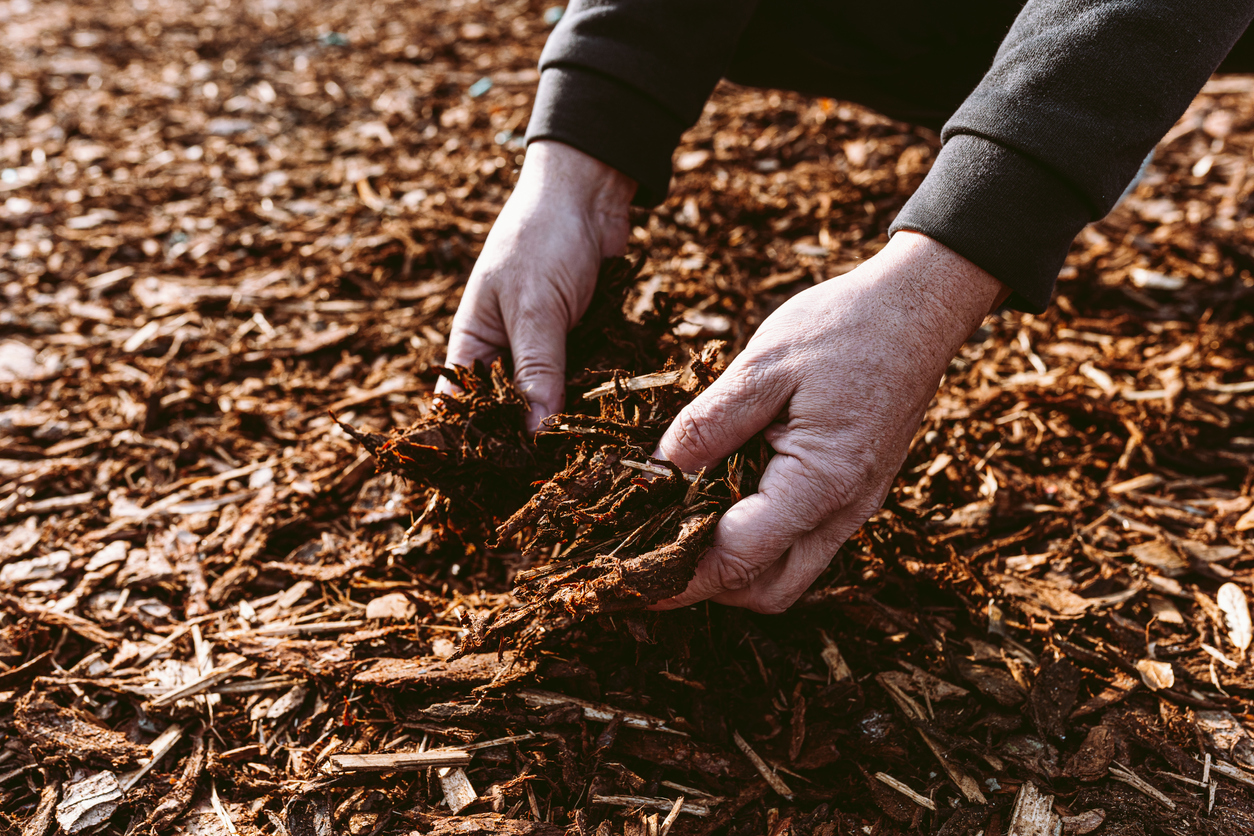
As winter temperatures settle in, the cold weather hits your garden first. Protect your plants from frigid temperatures and insulate the roots against the cold by laying a thin layer of mulch to your garden bed (no more than 2 to 3 inches). Take care not to apply too much mulch directly over perennial plants, and keep mulch 6 to 12 inches away from the bases of trees and woody plants.
RELATED: 9 Reasons You Should Mulch Your Garden Every Fall
28. Stock up on warm clothing.

Embracing the season in style isn’t just about looking good—it’s also about staying warm. Keep a stockpile of warm clothing for the frigid months, complete with essentials like jackets, scarves, sweaters, and thick socks. Make sure you have extra gloves, scarves, and hats on hand for visitors who wind up at your place unprepared. Finally, even on less frigid winter days, don’t leave the house without boots, gloves, and other warm, sturdy outerwear, just in case you get stuck outdoors or caught in a surprise storm.
29. Invest in thermal curtains.
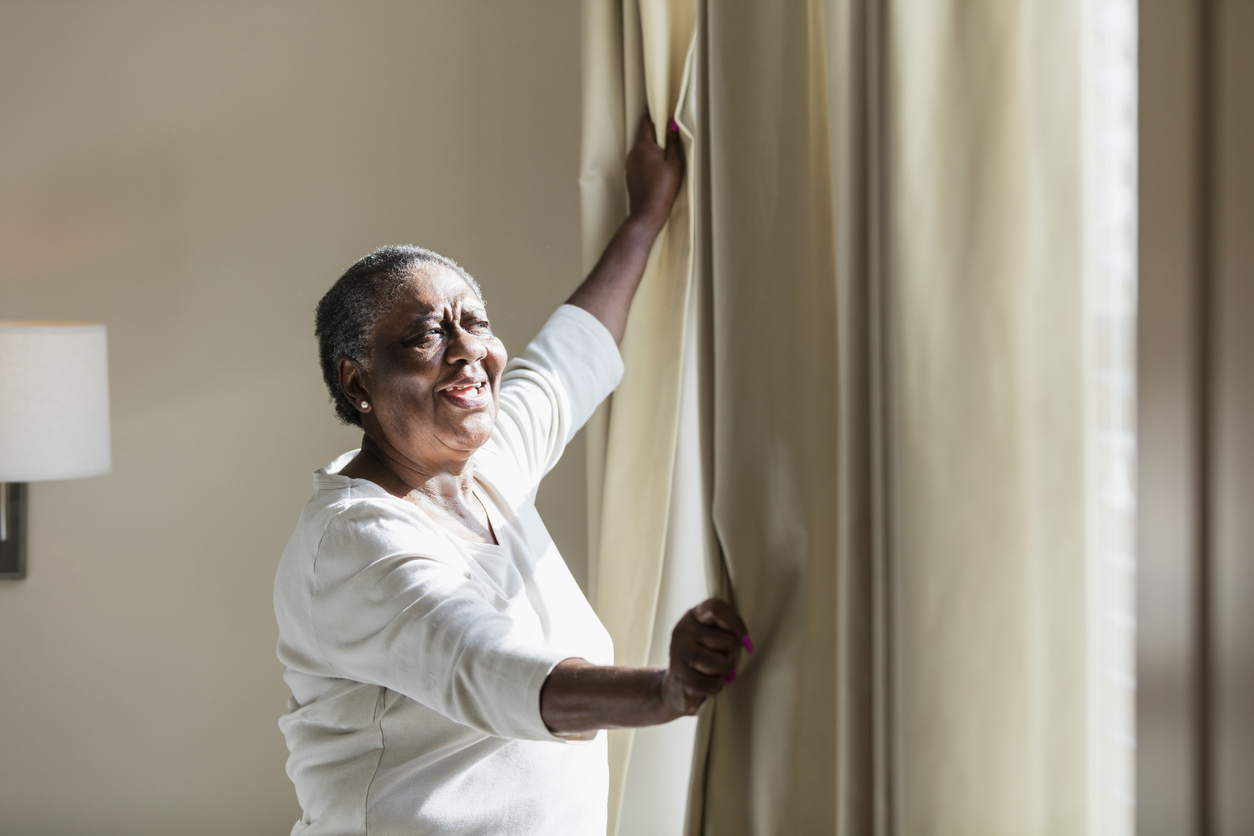
Putting up thermal curtains in the winter months is a smart investment that can pay off in comfort and energy savings. These insulated curtains block drafts and hold the warmth inside your house, helping to maintain a comfortable temperature without having to run the heating system as much. As a bonus, they add a stylish touch to your decor.
RELATED: We Tested the Best Thermal Curtains for Easy Energy Efficiency
30. Install storm windows.

While they can be a costly upgrade, storm windows provide an additional layer of protection from extreme weather during the colder months. Storm windows can eliminate air infiltration and create an insulating barrier, resulting in less pressure on the primary window and less air leakage. While they’re not needed in homes built with today’s well-insulated double-paned windows, if your home still has old-fashioned single-pane windows, storm windows can be a good investment, and they’re cheaper than replacements.
